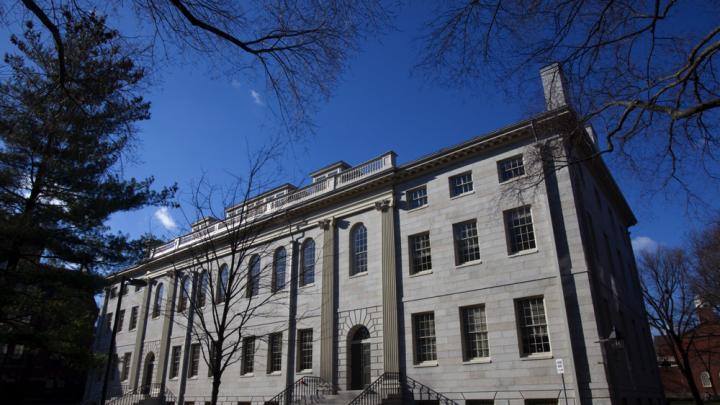Every year, Harvard tracks the diversity of its faculties in terms of race and gender, with the goal of increasing its numbers of female and minority faculty members. Since a decade ago, when more than two-thirds of tenured professors and nearly one-half of tenure-track professors were white men, the University has changed the composition of faculty substantially. The most dramatic gains have occurred in tenured faculty—25.8 percent are women and 18.8 percent are minorities, up from 20.5 percent and 12.6 percent in 2008. The share of tenured underrepresented minorities, which include African Americans and Latinos (Harvard has no Native American professors), increased to 7.7 percent from 5 percent during the same period.
If these changes sound small, it’s because faculty turnover is extremely slow. The University has added 49 tenure-track and 42 tenured faculty members this year, within a total body of just under 1,500. “With the faculty not changing in size, and very few retirements, this actually reflects a real push on the part of the leadership of the University,” says Judith Singer, head of the University’s office of faculty development and diversity. Harvard’s schools increase the faculty’s diversity one hire at a time, and recruitment is a very intensive activity. This year’s new crop of tenure-track and tenured professors includes 19 percent minority men, 15 percent minority women, 23 percent white women, and 43 percent white men. Twenty-nine percent of all ladder faculty are now women, and 21 percent are minorities.
Asked about Harvard’s imperative to diversify the faculty, Singer says she views her office’s efforts as a way to dismantle barriers (like unconscious biases) to recruiting “the best faculty” in the market, and asserts there’s no trade-off between representation and academic standards: “This is not about quotas, this is not about lowering our standards, this is about finding talent.” Often advocates of representation make instrumental arguments—students who have faculty mentors with whom they share a background may be more likely to succeed. There are more fundamental reasons as well, Singer argues: “It takes having a more diverse faculty to ask questions that are different, perhaps, from the questions that have been asked.”
She attributes much of Harvard’s recent progress to its 2005 move to a tenure-track system, which allows the University to recruit and retain talented faculty earlier in their careers. More than two-thirds of new tenured faculty members are now internal appointments. “Getting the word out that Harvard has a tenure-track is still part of my job description,” Singer says. “I actually am tapped to talk to people that the schools are recruiting to explain the tenure-track system…that even though their adviser, who is 20 years their senior, says, ‘Don’t go to Harvard because they don’t have a tenure-track,’ part of my job is to say, “That was true then.’”
Diversity still varies widely at the departmental level. “The [Faculty of Arts and Sciences] divisions that are doing particularly well are, not surprisingly, the places where the graduate-student pools are themselves more diverse,” Singer says. The FAS arts and humanities division has the largest fraction of tenure-track women anywhere in the University, at 63 percent. The schools of education and divinity have relatively high shares of underrepresented minority faculty members, reflecting the makeup of Ph.D. programs in those fields. She also gives credit to high achievers in fields that typically aren’t as diverse. Women represent 46 percent of tenure-track faculty in FAS’s science division, for example: “That is really high.” In the school of engineering and applied sciences, underrepresented minorities now make up 15 percent of tenure-track faculty.
Around the time that it adopted a tenure track, Harvard also began automatically granting parental leave and tenure-clock extensions to faculty members who’d recently had a child. Professors with young children continue to say that balancing family and academic responsibilities is extremely stressful—a major finding of a survey of faculty working conditions conduted by Singer’s office several years ago. “About a third of the faculty spend over 20 percent of their household income on childcare,” Singer says. Currently, ladder and some senior non-ladder faculty members with incomes up to $200,000 have access to generous childcare scholarships through the University that are non-lotteried and provide subsidies of up to $24,000 per year, a program introduced in 2009. Singer says the program has been made more progressive recently, so that more funding is awarded to the lowest-earning households. In an extremely competitive hiring market, she explains, Harvard needs strong family supports to recruit the best faculty. Singer says it is a very intentional “package of supports to help our faculty come in…have families, succeed, feel supported, and want to stay.”








